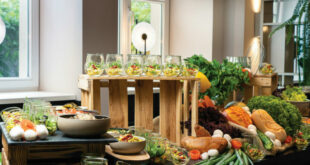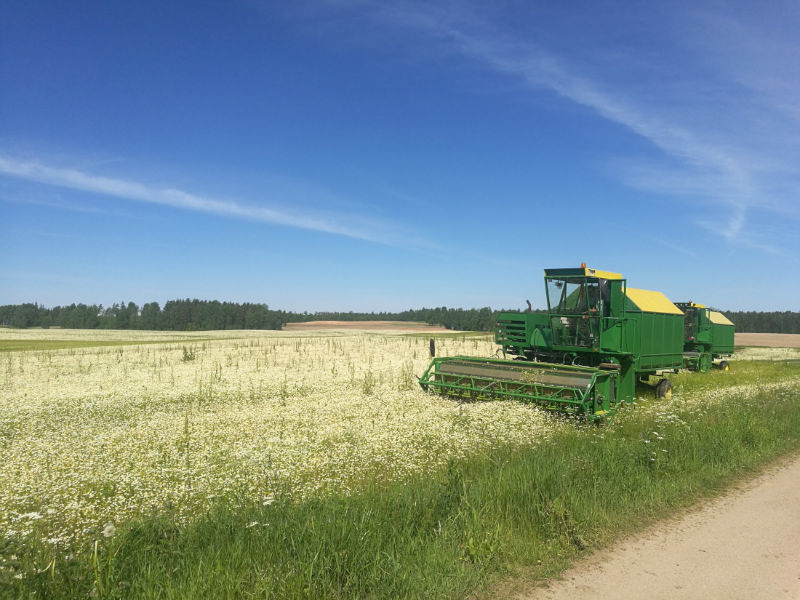
According to #LIAA – the Investment and Development Agency of Latvia, the forestry industry has always been Latvia’s export leader. Exports of wood and its products was the most significant export sector in 2018, comprising 21 % of total export value. About 71 % of forestry-sector output is exported.
Being such an important traditional business cluster for Latvia, we want to learn what kind of innovations are available to help the logging and agricultural industry and can provide new insights for international collaboration — both in research and through international conferences happening in Latvia. What are the most promising new developments and what urgent needs the forestry and agricultural industry in Latvia are presently facing.
We talk to Inese Suija-Markova, the director of Institute for Environmental Solutions that is looking into these areas:
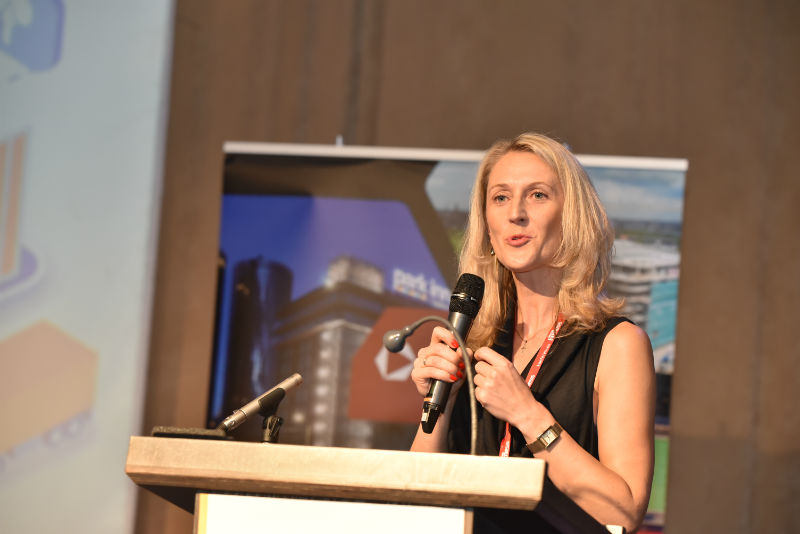
“The Institute for Environmental Solutions (IES) has the mission to research and develop innovative solutions for the management of living natural resources such as plants, trees, forests and wildlife and the sustainable use of land. It is one of the few private research and innovation institutions in Latvia, founded by an entrepreneur in 2008. The founder has long standing experience in forest management and organic agriculture.
The human and nature interaction contain complex cause-and-effect relationships. One event may be the cause and the result of another event. In order to develop effective environmental solutions, the task of IES is to link the consequences with the correct causes. For that purpose, we apply multi-disciplinary thinking and modern technology such as Earth Observation, remote sensing, and analytical chemistry.
Around 40 % of our financing is secured through contract research for private and public clients, like farmers, companies, government organizations.
60 % of our income are generated through participation in intl. projects supported by the European Union funds and other funding agencies. The team is multinational with 30 staff members and based in the countryside in Vidzeme region, near Cesis — in the midst of nature. The topics handled in IES are by no means limited to geographic boundaries in both research and application. IES is involved in projects all over the European Union, but also in India and Vietnam.
Our motto is to be open to all new opportunities to learn and exchange practice and co-create solutions with like-minded research institutes and other types of organizations. We think this is the right mindset needed to shape the future together in the most resource-saving and sustainable way.
Here are some examples of what the institute presently works on:
- Application of Earth Observation and remote sensing technology made available through our partnership with the European Space Agency and the Copernicus program. IES applies space technology to observe and monitor developments in many ways in nature around the world.
- A new and very promising business segment is research and development on cultivation, chemical characterization and fractioning of medicinal and aromatic plants. As Latvia is so sparsely populated (with only 1,9 mio inhabitants) and has an abundance of natural resources such as forests, grasslands, clean agriculture land, there are great opportunities to grow high quality plant material for further use in food, medicine and cosmetics. In that way, higher added-value chains can be created from the raw natural materials available.
What does that mean? — presently Latvia exports more raw materials (at the lowest end of the added-value creating pyramid) and immediate products from forests — so one of the main objectives of the IES is to identify new biomass processing routes for the raw materials to result in higher value of products.
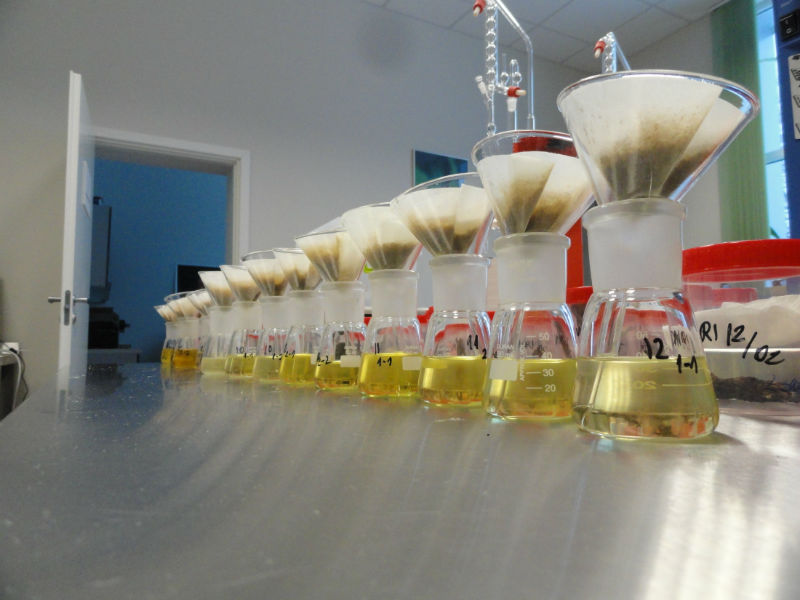
With clean soil, air and abundant natural resources, IES looks into cultivating and processing niche value medical and aromatic herbs — collecting samples, analysing chemical compounds and conditions and learning how to extract elements for pharmaceutical, chemical and cosmetic productions.
Same can be applied to trees from the forests — they can be fractionated to the level of molecules and thus provide sources for aromatic oils, and other high-valued products. We need to better understand the trees, in order to use their full capacity and by-products which are now creating waste only.
Applications are developed together with partners from the organic farming industry, for example, the company SIA Field and Forest which is presently building a new factory for biorefining of medicinal and aromatic plants.The factory is planned to be operational in 2021 and IES sees great business interest generated through all the development.
(Here is a paper on a project for a biorefinery approach for the development of bioactive cosmetic ingredients from by-products of medicinal plant processing and plant cell cultivation)
Plants and trees and their by-products can be converted into different physical appearances — chemical substances, essential oils, extracts, powders, into all kinds of shapes and physical forms.
Most by-products coming from agriculture and forestry are not utilized and end up being handled as waste or source for energy products in the best case, while they could be used as ingredients to create new revenue streams and open the doors for new markets. Spinning the mindset and business approaches towards using more innovative, science-based solutions for by-product utilization will have a positive impact on the transition towards a sustainable circular economy.
Other projects of the IES look on how to grow and re-cultivate disappearing and protected plants.The ancient knowledge and wisdom about plants and their usefulness is explored in Ethnobotany expeditions to create a legacy and acquire historical and existing knowledge about the traditional use of MAPs (medical and aromatic plants).
This can also be explored as a group activity for international meetings — contact LIAA Meet Latvia below the text.
Inese, how is the situation in Latvia around increasing water shortage caused by the climate changes. We see water scarcity and droughts affect the health of forests and plants everywhere in Europe — how does that affect the important Latvian raw materials.
Well water is getting rare and droughts are also increasing here in Latvia. Groundwater levels sink, which you are directly confronted with when living in the countryside as many people still get their drinking water from own wells — these seem to run dry frequently now — the ecosystem is getting very fragile, and we are super cautious about this fact.
Water and research for water sources and lakes here is a big part of our work and many projects target solutions which can be alternatives by using less water for agricultural production and protecting natural water reserves.
Are you prepared sharing your knowledge and expertise around projects and findings with related conferences being held in Latvia?
Definitely — we have done lots of such co-operations in both cluster industry conferences and also for incoming tours through local organizers and partners. We also have good relations with the Vidzeme University of Applied Sciences in Valmiera, where I graduated and worked as a visiting lecturer and the Vidzeme Planning Region, the regional planning and development institution .
We focus mainly on international cooperation projects in the Nordic and Baltic Sea Region and of course countries like Italy, France and Germany which are involved greatly in projects in our clusters and the main export partners with many good relationships.
As mentioned before we use the space technology for a research project in Vietnam about alternative wet-dry irrigation systems for more sustainable rice-growing.
(more readings on researchgate.com and other scientific platforms like: https://www.sciencedirect.com/science/article/pii/S0378377419303749)
Coming back to the forest as one of the main clusters in Latvian exports. With droughts and insect infestation the management of the natural resource “forest” sees a lot of changes. What is done in Latvia to protect the forest and prepare for the challenges.
Oh, there is a variety of projects looking into these:
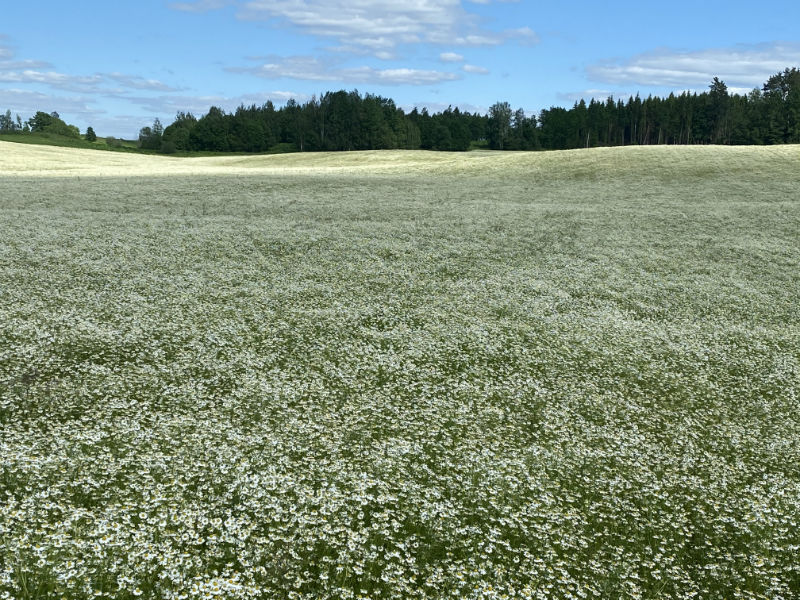
First, we use the space technology for monitoring insect infestations, assessment of forest diversity and biomass, planning of more efficient forestry activities, also surveillance of illegal logging. We are developing the technology based methodology for detection of wild animals’ populations to find better balance between animal protection and reduction of growing animal communities damaging the forest and agriculture fields.
We look at new techologies of extracting essential oils and extracts from different parts of trees. The technology development is available to fractionate the biomass to the level of molecules. Presently, Latvia is selling and exporting our raw material (sawnwood, fuelwood, roundwood), rather than create the higher added-value products by ourselves. So we miss an important source of income from our natural products. IES is looking into timber and wood by-products to create added value from the raw material that would have otherwise ended up as additional waste. By-products of timber can provide a high number of plant secondary metabolites (SMs), even create edible flavors like vanillin and other components important for human consumption and use.
Source: https://secure.fera.defra.gov.uk/treechemicals/review/metabolites.cfm
Inese what vision do you have for your work for the future?
We are open to international cooperation with like-minded organizations and research institutes – with a purpose to network, build new business opportunities, transfer knowledge and bringing the messages around better environmental solutions into the world.

 Convention International I MICE News und Trends aus der MICE – Branche
Convention International I MICE News und Trends aus der MICE – Branche



